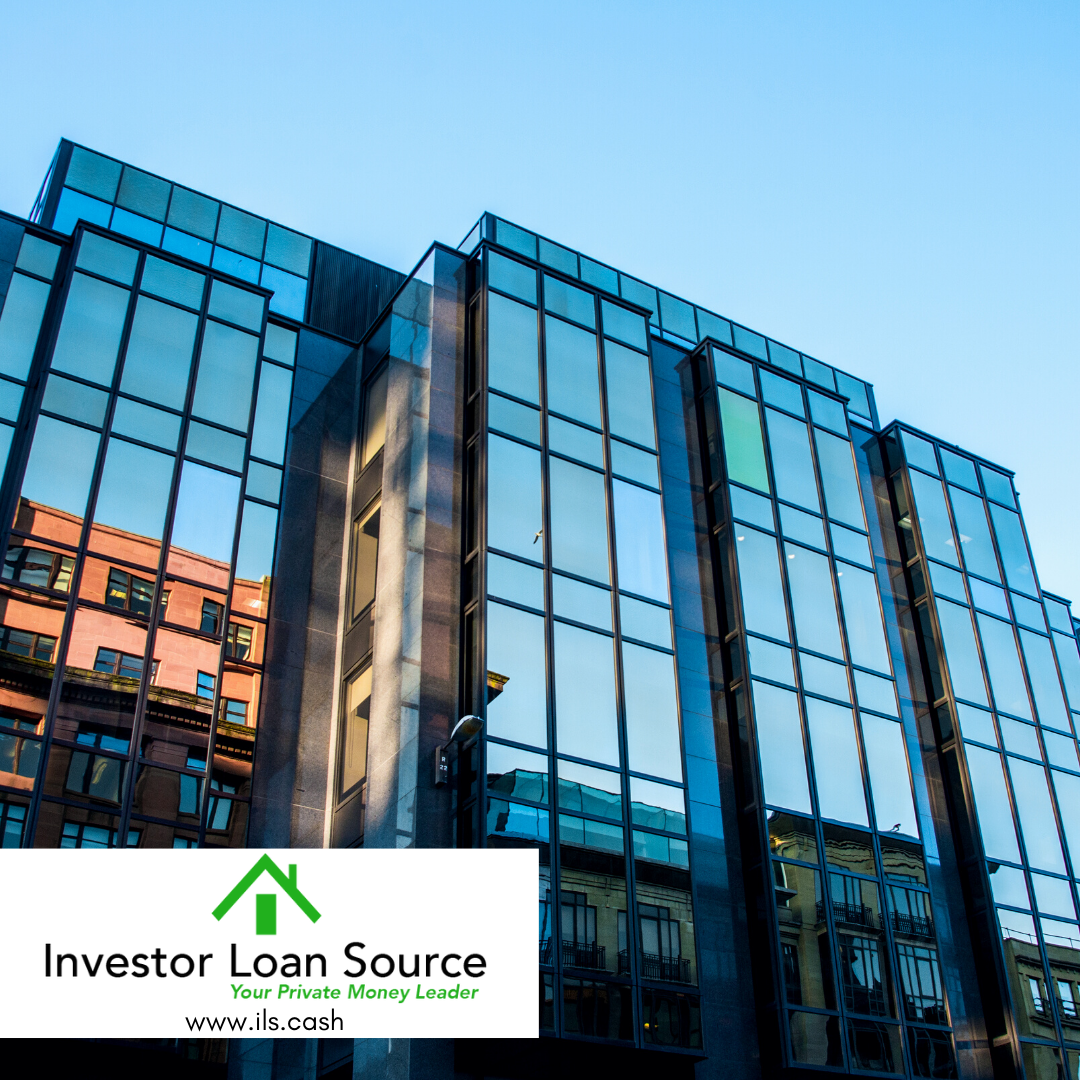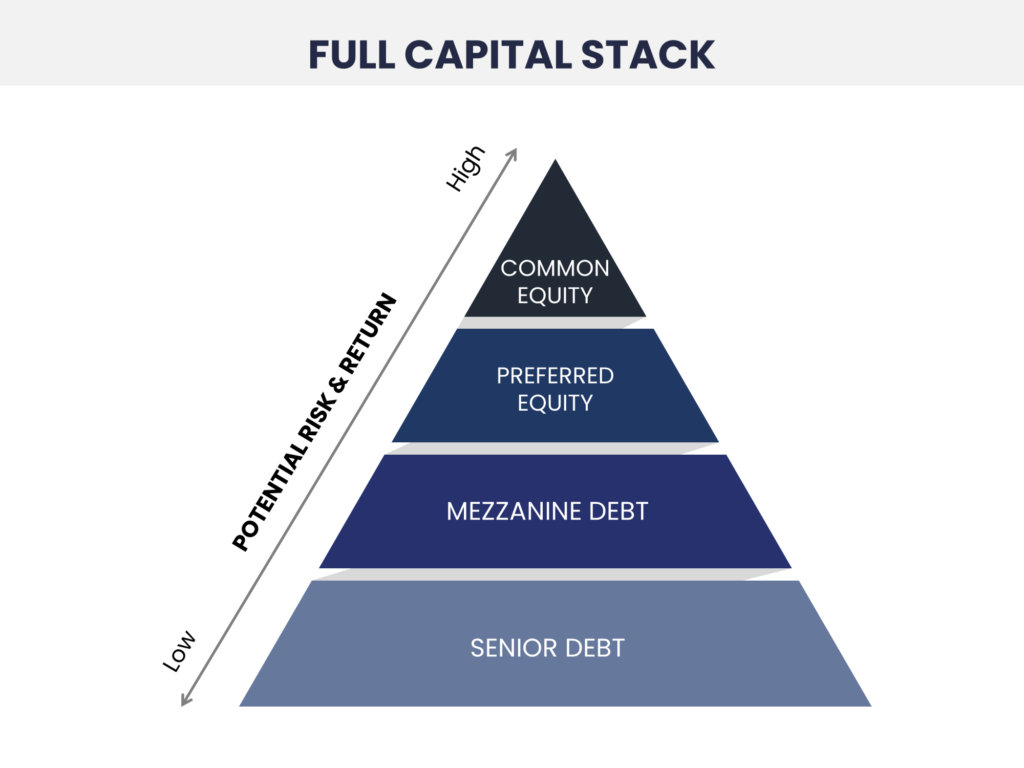Having the right mindset is essential for any successful venture, and real estate investing is no exception. For real estate investors to be successful, they need to have a resilient and open mindset that enables them to navigate the often-complex world of real estate investments effectively. This blog post will discuss the critical elements of the right mindset for success in real estate investing. We will also provide some tips and advice on developing and maintaining this mindset.
1. Be professional and take your REI business seriously.
Real estate investing is a business, and successful REI investors treat it that way. At the ground level, this means conducting yourself professionally in all situations and having integrity and honesty be the foundation of your business. Real estate investing is a relational business so you must build a strong network between yourself, clients, and colleagues. Considering yourself a professional, even if you are a rookie with zero experience, is the first step along the way to becoming one.
2. Have a long-term vision for success.
Successful real estate investors understand that having a clear goal and working hard to achieve it is essential for building a successful business. Taking a long-term approach, rather than focusing on the day-to-day tasks, helps keep you motivated and inspired. Having a vision for what you want to achieve in real estate investing—from rehabbing properties and becoming a landlord to building wealth, achieving financial freedom, and living the new American dream—is key to success. It takes determination, grit, and flexibility for investors to succeed. Ultimately, having a long-term vision for success will help you stay focused and motivated as you work towards your real estate investing goals.
3. Embrace failure and mistakes.
Real estate investing is a business; mistakes and failures are guaranteed like any other. The path to success is not without its challenges and setbacks. Respect failure and mistakes as part of the journey, not something to be ashamed of. Accept that you cannot know everything or predict every outcome; there will be mistakes and sometimes they will be costly. To hedge against mistakes, commit to being a lifelong learner who invests time and resources into real estate investing education. Your community hosts many REI organizations whose sole mission is to educate real estate investors and help them build their networks and businesses. Run into an issue you cannot solve or a problem that requires skills you don’t have? Don’t feel pressured to be an expert in everything. Rely on your network when issues arise that are beyond your knowledge. With each misstep, you can learn and grow, enabling you to make better decisions for the future. Rather than allowing them to defeat you, use them as a stepping stone to propel your real estate investing career forward.
4. Be proud of your investment business.
Real estate investors reshape communities and see opportunities where others only see negativity. Be proud of the work you do, the teams you lead, the projects you run, and the business you’ve created. Your positivity and confidence will attract great employees, partners, investors, and others who will want to be a part of the organization you are creating.
Investor Loan Source, a private money lending company, provides high-quality investment property loans to private real estate investors at the lowest costs possible. Our process for providing real estate investors with private lending is unique. We place emphasis on the hard asset and value of the collateral (property) and less on the borrower. Our asset-based real estate investment loan model means we can provide more money lending to more investors than is available from standard bank loan models. At Investor Loan Source, providing real estate investors hard money loans is our business; it’s all we do. We offer several business real estate loan products designed to serve a variety of investors and property profiles, including private money lending for properties to sell on owner finance.
To learn more about Investor Loan Source, visit our website or follow us on LinkedIn, Facebook, and Twitter. To apply for a loan, click HERE.
















